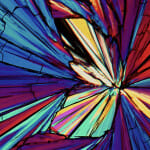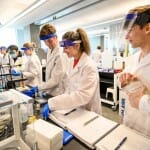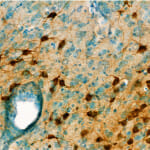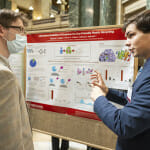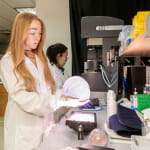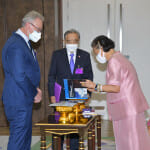Tag Research
SSTAR Lab project will connect Native students with financial support
UW–Madison will collaborate on a project to give Native students a comprehensive resource of college-level financial aid programs and policies. Read More
Runge sees bioenergy hub as model for doing ‘big research’
A first-generation college student with roots in farming and forest products, Troy Runge is looking for ways university researchers can partner with industry to help solve the hardest problems and make the world a better place. Read More
UW–Madison biochemist named HHMI Freeman Hrabowski Scholar
UW biochemistry Provessor Judith Simcox has been named to the first cohort of the Howard Hughes Medical Institute Freeman Hrabowski Scholars Program in recognition of her outstanding early-career commitment to advancing diversity, equity and inclusion in science in research. Read More
Enter your amazing science visuals in the 2023 Cool Science Image Contest
Members of the UW–Madison community may enter up to three images by the June 15 deadline. Read More
Atmospheric rivers linked to melting Greenland ice sheet
New research from UW–Madison's Space Science and Engineering Center shows the melting effects of atmospheric rivers on the ice sheet, which contains enough water to raise sea levels by 7 meters, or 23 feet. Read More
Students who see science in the real world are more likely to stick with STEM majors
Students in STEM majors whose coursework included reflection on the relevance of basic science concepts in everyday life were more likely to stick with their science, technology, engineering and math majors. Read More
Undergraduates present research on everything from mental health to ticks to stress
"Presenting at the symposium made everything come together for me, and I felt a lot more confident in discussing what I did," said one student. Read More
COVID market disruptions were tougher on small firms spread up and down supply chain
Research from UW–Madison shows that vertical integration can expose small business to greater risk during times of economic upheaval. Read More
ChatGPT makes materials research much more efficient
UW–Madison's Dane Morgan and Maciej Polak have published their solution for training ChatGPT to read academic articles, tabulate key data and check the results for accuracy, thereby saving valuable research time. Read More
Informed by mechanics and computation, flexible bioelectronics can better conform to a curvy body
In the future, for example, a flexible bioelectronic artificial retina implanted in a person’s eyeball could help restore vision, or a smart contact lens could continuously sense glucose levels in the body. Read More
New atomic-scale understanding of catalysis could unlock massive energy savings
Catalyst materials are critical for refining petroleum products and for manufacturing pharmaceuticals, plastics, food additives, fertilizers, green fuels, industrial chemicals and much more. Read More
Science Journalist in Residence meets UW’s creatures
Last week, in addition to visiting students in classrooms and sharing their passion for writing about creatures in a public panel, science journalist Sabrina Imbler visited several labs across UW–Madison to meet researchers and critters alike. Read More
DOE renews funding for Great Lakes Bioenergy Research Center; UW–Madison hub to receive $27.5 million for 2023
The extension will allow GLBRC scientists to continue foundational research to enable the breakthroughs needed for the cost-effective conversion of non-food plants into low-carbon replacements for jet fuel, diesel and other fossil fuels. Read More
Earlier algae blooms, lingering toxins: Invasive species cause big changes to a lake’s microbial community
Two invasive species are having an outsized impact on toxic algae blooms according to a recent study from UW–Madison, which shows that algal toxins stay in water longer thanks to the combined effects of invasive species on Lake Mendota's microbial community. Read More
Research in the Rotunda: From plastics recycling to imposter phenomenon
Several UW–Madison students shared their research in the Wisconsin State Capitol on March 8, in the annual "Research in the Rotunda" event. Read More
From concussions to PFAS: five ways UW research is tackling real-world problems
From advanced materials aimed at making athletes safer to medical discoveries that could one day help treat ailments like blindness, here are just a few examples. Read More
Royal visit strengthens WIPAC and IceCube’s partnership with Thailand
Discussions between scientists and Her Royal Highness Princess Maha Chakri Sirindhorn explored how to increase research opportunities for Thai researchers and technical staff at the IceCube Neutrino Observatory. Read More




